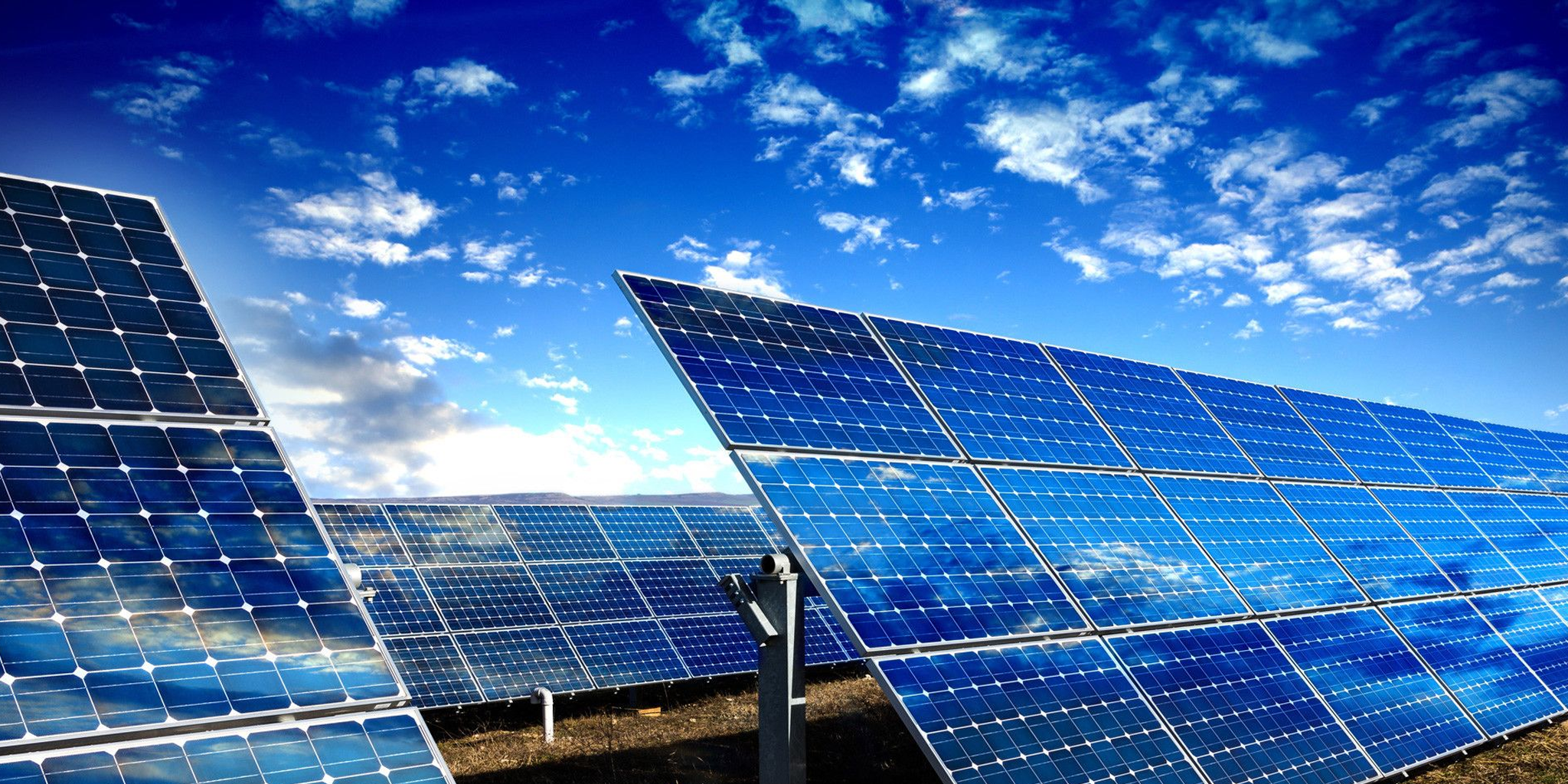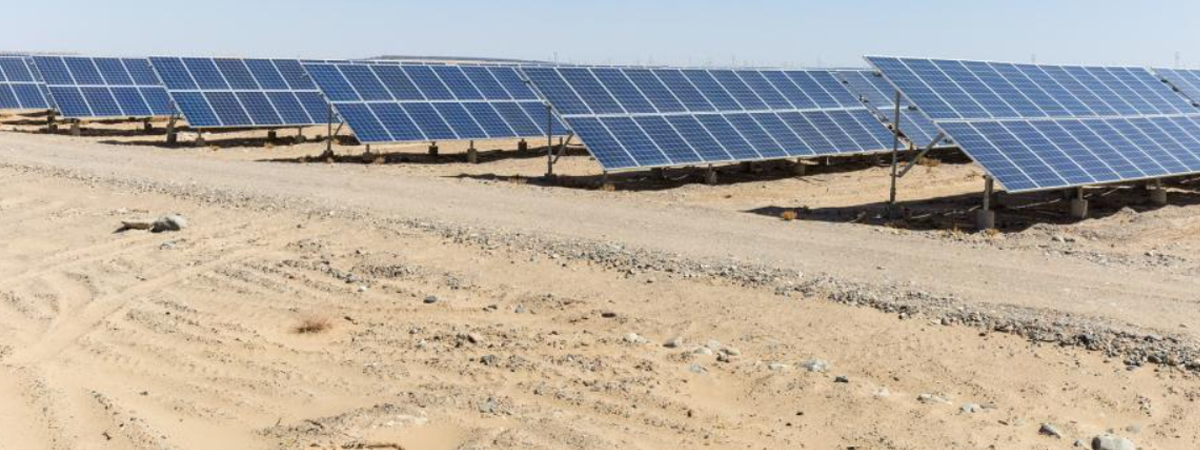

The majority of solar installations typically utilize single-seed turf or leave the ground bare beneath the panels. This approach is favored due to the low cost of grass seed and its ease of management through periodic pesticide application and mowing. However, such vegetation management practices can result in diminished water retention, decreased soil stability, lower carbon sequestration, and the depletion of habitats for essential pollinators, birds, and wildlife. Given that the lifespan of a standard solar panel can extend to 25 years or more, the solar developments established in the early 2020s are anticipated to occupy the land until the 2040s and 2050s.A, electricity
Although a novel concept in the India, agrivoltaic practices have been employed throughout other parts of the world. The concept of agrivoltaics started in Japan which now has more than 1,000 agrivoltaic installations. Germany, France and China are starting to adopt the practice as well. India is just beginning to develop agrivoltaic practices.